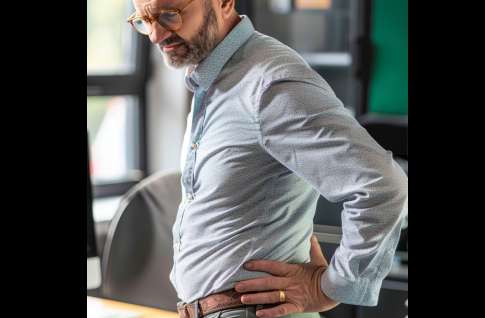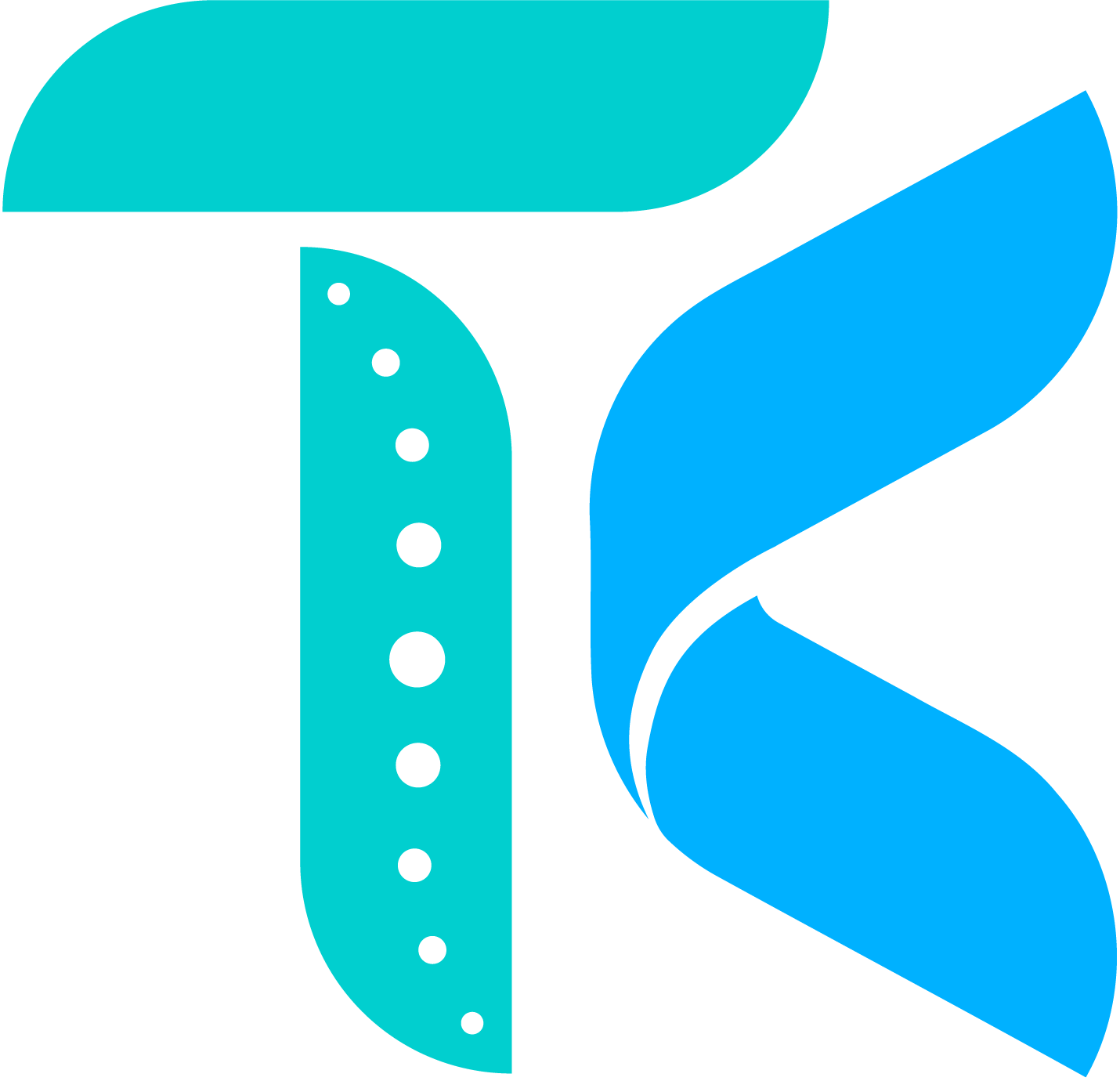Introduction to Spinal Disorders
The spine, or backbone, is a complex structure composed of vertebrae, discs, ligaments, nerves, and muscles that work together to support the body’s weight, allow movement, and protect the spinal cord. Spinal disorders can affect any part of this intricate system, leading to pain, reduced mobility, and sometimes more serious complications. Conditions affecting the spine are common, particularly as people age, or due to injuries, poor posture, or lifestyle factors.
This document outlines common spinal disorders and their associated treatment options, to help you understand your condition and potential pathways to relief.

Common Spinal Disorders
1. Herniated Intervertebral Disc / Prolapsed Intervertebral disc
A herniated disc occurs when one of the cushioning discs between the vertebrae ruptures or bulges out, pressing on nearby nerves. This condition often affects the lower back (lumbar spine) or neck (cervical spine).
Symptoms:
- Sharp pain in the lower back, buttocks, or leg (sciatica)
- Neck pain or radiating pain in the arms
- Numbness, tingling, or muscle weakness in the affected area
Treatment Options:
- Conservative (Nonoperative) Treatment: Rest, physical therapy, anti-inflammatory medications, and muscle relaxants.
- Injections: Epidural fluoroscopy guided steroid injections to reduce inflammation and pain.
- Surgical Intervention: In severe cases, a discectomy may be performed to remove the damaged part of the disc.
2. Degenerative Disc Disease
This is a common condition that occurs with age as the intervertebral discs lose water content and wear down, leading to chronic pain, stiffness, and decreased mobility.
Symptoms:
- Chronic back or neck pain that worsens with activity
- Pain radiating to the extremities
- Limited flexibility or range of motion
Treatment Options:
- Conservative Treatment: Physical therapy, pain relief medications, and lifestyle modifications like weight loss and exercise.
- Minimally Invasive Procedures: Spinal injections, such as facet joint injections or nerve blocks, can offer temporary relief.
- Surgical Options: Spinal fusion surgery, which fuses two or more vertebrae together to stabilize the spine.
3. Spinal Stenosis
Spinal stenosis is a narrowing of the spaces within the spine, which can put pressure on the spinal cord and nerves. It commonly occurs in the neck (cervical stenosis) or lower back (lumbar stenosis) and is often age-related.
Symptoms:
- Pain, numbness, or weakness in the back, legs, arms, or shoulders
- Difficulty walking or balancing
- In severe cases, bladder or bowel dysfunction
Treatment Options:
- Non-Surgical Options: Physical therapy, anti-inflammatory medications, and activity modification.
- Injections: Corticosteroid injections to relieve inflammation.
- Surgery: Decompression surgery, such as a laminectomy, to remove parts of the bone or tissue pressing on nerves. Often combined with fusion to allow stability of the spinal column.
4. Spondylolisthesis
This occurs when one vertebra slips forward over the one below it, usually in the lower back. It can be caused by a birth defect, trauma, or degeneration from age.
Symptoms:
- Lower back pain that radiates to the legs
- Muscle stiffness and tightness in the back
- Difficulty standing or walking for long periods
Treatment Options:
- Non-Surgical Treatment: Physical therapy, bracing, and pain medications.
- Surgical Treatment: Spinal fusion surgery may be recommended in severe cases to stabilize the spine and alleviate pressure on the nerves.
5. Scoliosis
Scoliosis is a curvature of the spine that typically develops during childhood or adolescence but can also occur in adults due to degenerative changes.
Symptoms:
- Uneven shoulders or waist
- Back pain, particularly in adults
- Visible curve in the spine
Treatment Options:
- Monitoring: For mild cases, especially in children, regular check-ups are often sufficient.
- Bracing: In growing children, bracing can prevent further progression of the curve.
- Surgery: In more severe cases, spinal fusion surgery may be necessary to correct the curve.
6. Osteoarthritis of the Spine
Osteoarthritis occurs when the protective cartilage between the joints in the spine wears down, leading to pain and stiffness. This is more common in older adults.
Symptoms:
- Pain and stiffness in the lower back or neck
- Swelling around the affected area
- Loss of flexibility
Treatment Options:
- Non-Surgical Treatment: Physical therapy, non-steroidal anti-inflammatory drugs (NSAIDs), lifestyle modifications, and hot/cold therapy.
- Injections: Corticosteroid injections to reduce pain and inflammation.
- Surgical Options: In severe cases, spinal fusion or joint replacement surgery may be considered.
Non-Surgical Treatment Options
1. Physical Therapy
Physical therapy is a cornerstone of treatment for many spinal disorders. Therapists work to strengthen muscles, improve flexibility, and increase range of motion, which can reduce pain and prevent further injury. Read our blog for detailed information regarding physiotherapy exercises.
2. Medications
– Pain Relievers: Over-the-counter medications like acetaminophen or NSAIDs (ibuprofen, naproxen) can reduce pain and inflammation.
– Muscle Relaxants: Used for short-term relief of muscle spasms.
– Steroids: Taken orally or injected, steroids help reduce inflammation and pain.
3. Injections
– Epidural Steroid Injections: Directly deliver anti-inflammatory medication to the area around the spinal nerves to relieve pain.
– Nerve Blocks: Injections that block pain signals from specific nerves.
Surgical Treatment Options
1. Spinal Fusion
Spinal fusion is a surgery to permanently connect two or more vertebrae, eliminating motion between them. This can stabilize the spine and relieve pain caused by conditions like degenerative disc disease or spondylolisthesis.
2. Laminectomy
A laminectomy involves removing part of the vertebra (the lamina) to relieve pressure on the spinal cord or nerves, often performed in cases of spinal stenosis.
3. Discectomy
This procedure involves removing the damaged portion of a herniated disc to relieve pressure on a nerve. It is one of the most common surgeries for sciatica.
These procedures are often required in combination instead of being separate standalone procedures.
When to See a Doctor ?
If you experience persistent back or neck pain, numbness, tingling, or weakness in your arms or legs, or if your pain is interfering with daily activities, it’s important to seek medical advice. Early diagnosis and treatment can prevent complications and improve quality of life
Conclusion
Spinal disorders can be painful and debilitating, but a wide range of treatment options are available. Whether you require conservative treatments like physical therapy or surgical intervention, advancements in medical care offer hope for relief and improved function. If you’re experiencing back or neck pain, consult with a specialist to determine the best course of action for your specific condition.


